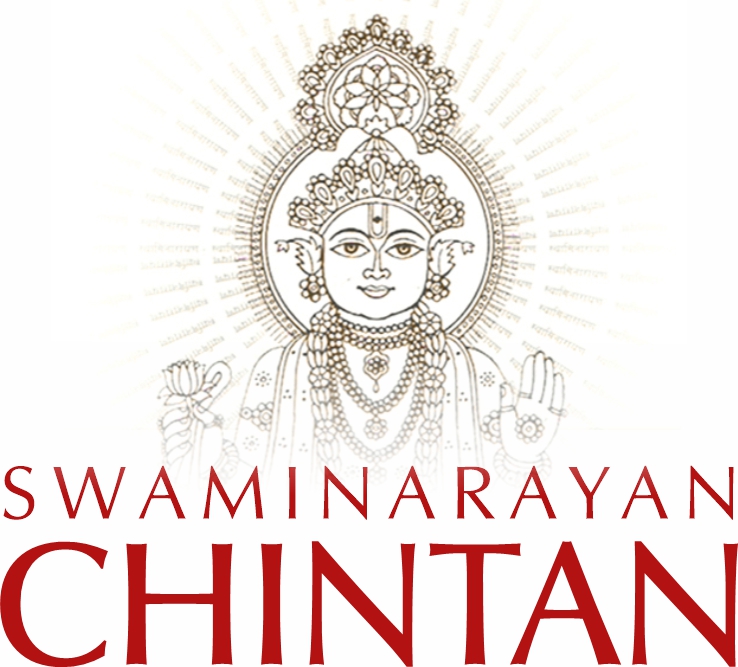Central Insights:
- Understanding the means of having many forms
Key Points:
- The meaning of Bahubhavan
Explanation
In this particular Vachanāmrutam, Nrusinhanand Swami has raised the question: ‘एकोोऽहंं बहु स्यांं प्रजाायेेय Ekoham Bahu Syam Prajayey; which means the one God became manifold during the time of creation. How should we interpret this? We consider God as having a form. Therefore, the interpretations given by other scholars are not acceptable to us. So, how should we understand this?
Here, in the scripture ‘Ekoham Bahu Syam’, there are potentially two main questions that arise. Firstly, why did God feel the need for manifold manifestations? Secondly, how does this manifold manifestation take place? The first question is not addressed in this Vachanāmrutam. Its answer is given in the scriptures as
स एकाकी न रमते —‘Sa Ekaki Na Ramate’, meaning He desired to manifest manifoldly because He did not wish to remain alone. And how does this manifold manifestation take place? That is the central question of this Vachanāmrutam. Bhagwan Swaminarayan clearly states, through references and without contradiction from other scriptures, that God does not fragment Himself or manifest partially. This is because God is Niransh (part-less) and Achut (immutable). So, how can the meaning of the scripture be reconciled? Bhagwan Swaminarayan says that God manifests in multiple forms through His inner guiding power/omnipresence, and does so hierarchically, being more dominant in some forms and less in others. An analogy is provided using wood. Just as a large piece of wood produces a large fire and a small piece of wood produces a small fire, similarly, God resides in entities.
Now, a question may arise: we can measure the size or weight of wood, but how can we measure the magnitude of God’s presence in these entities? The answer is based on the contribution and relevance of that entity in God’s scheme. Bhagwan Swaminarayan says that the contribution and relevance of Akshar is higher than that of other entities like Prakruti, Purush, and so on. Hence, God’s presence is more profound in Akshar. Similarly, in the narrative of creation and even in the context of divine incarnations, wherever the role and relevance are higher, God’s presence is more intense. Thus, understanding God’s purpose and the role of a particular entity in that purpose can give us an insight into the extent of God’s manifestation within it.
Glossary
| Achut – Immutable |
| Akshar – Eternal Entity The highest spiritual reality beyond material existence, often associated with Bhagwan’ Swaminarayans divine abode. |
| Bahubhavan – The process of God manifesting in many forms |
| Ekoham Bahu Syam – Manifold Creation The concept that one Supreme God manifested into many forms. |
| Niransh – Without parts; indivisible |
| Prakruti – Nature or material world The unmanifest matter from which the universe is formed. God uses prakruti to manifest all forms, yet He remains beyond and untouched by it. |
| Sa Ekaki Na Ramate – “He did not wish to remain alone” |

